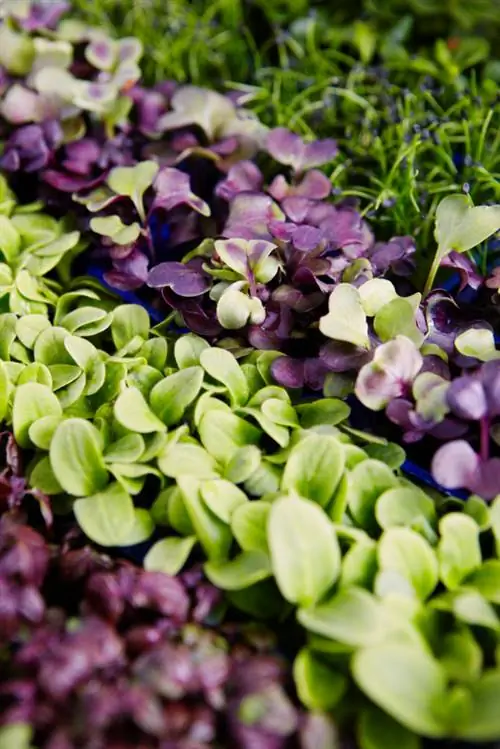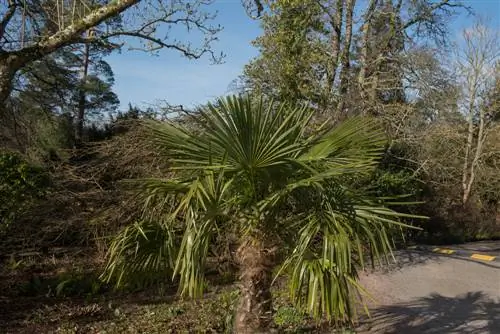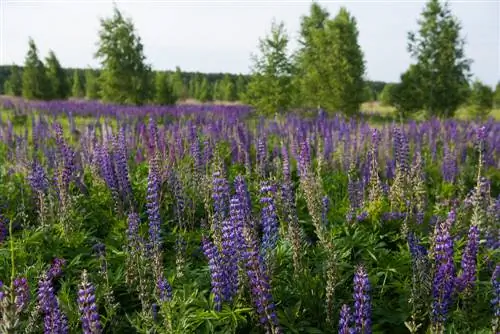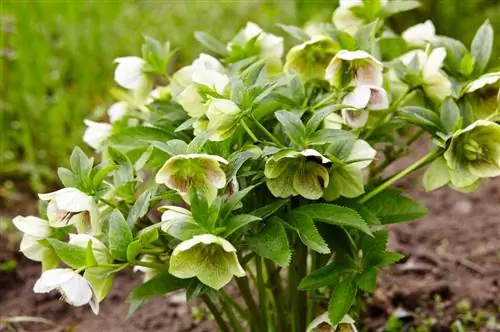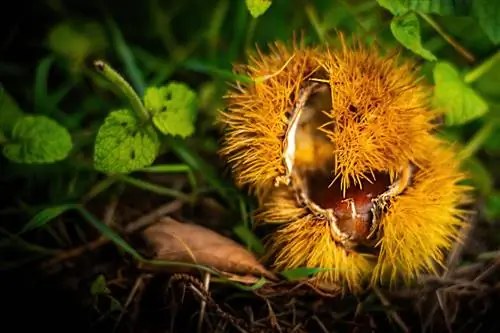- Author admin [email protected].
- Public 2023-12-16 16:46.
- Last modified 2025-01-23 11:20.
Cress is ideal if you want to replant harvested beds in the garden for a short time. The delicious herb grows extremely quickly and forms dense carpets that optimally protect the floor.
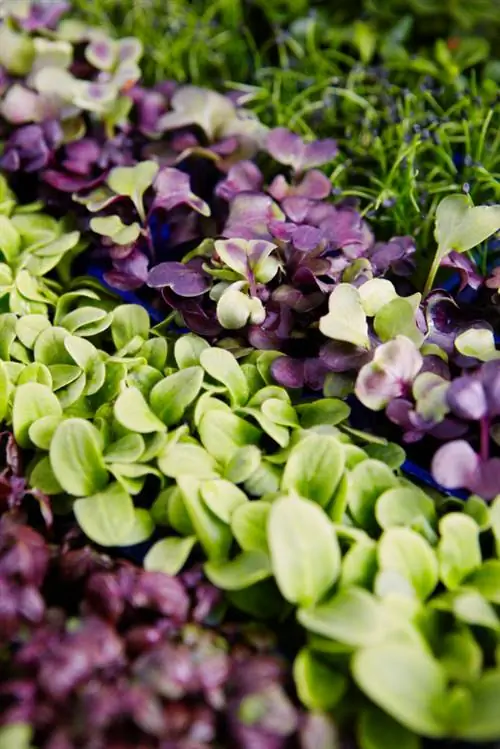
Why is cress suitable as a cover crop?
Cress is an excellent cover crop in the garden because it grows quickly, protects the soil from erosion and prevents weed growth. After harvesting, it can be incorporated into the soil to release nutrients.
Cress is an ideal catch crop
Every hobby gardener tries to plant all vegetable beds consistently. This prevents the soil from being washed out by rain and weeds from appearing.
Cress is the ideal catch crop for sowing the ground outdoors for a short time. It grows so fast you can almost watch it.
The leaves of the cress form a dense carpet that protects the soil from erosion and also prevents weeds from emerging.
Simply undermine the cress after harvesting
As soon as the cress has formed several pairs of leaves, it can be harvested. The stems are cut as deep as possible.
The roots remain in the ground and slowly decay there. This loosens the soil well and provides it with additional nutrients.
If you cannot harvest all the cress because you have sowed too much, simply dig the plants under before re-seeding the bed.
The advantage of cress over green manure plants
A number of green manure plants are available to hobby gardeners. These include:
- Phacelia
- Lupine
- Mustard
- oil radish
- cress
The advantage of cress as a cover crop is that the herb grows much faster and can also be sown at the beginning of autumn.
In contrast to other catch crops, the cress leaves can be used as a spice in the kitchen to refine salads, quark dishes and buttered sandwiches.
Sowing watercress as a cover crop
You should sow watercress on wetter soils. It forms larger leaves and therefore offers greater protection for the soil. However, this type of cress needs more moisture than garden cress. You may need to water them more frequently.
Tips & Tricks
Use cress as a marking seed. If you sow plants that take a long time to germinate, bed care is not that easy. The cress seed sprouts within two to three days, so you can clearly see the rows. By the time the actual seeds can be seen, the cress has long since been harvested.

